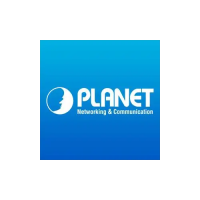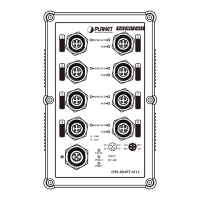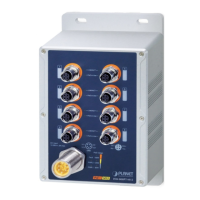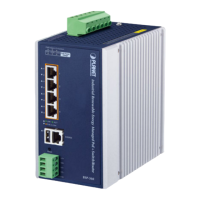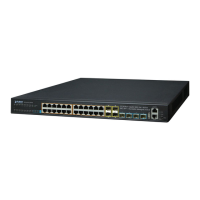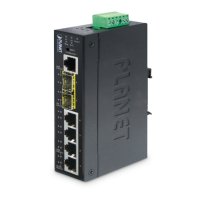User’s Manual of MGSW-24160F
208
4.11 Authentication
This section is to control the access of the Managed Switch, includes the user access and management control.
The Authentication section contains links to the following main topics:
IEEE 802.1X Port-Based Network Access Control
MAC-Based Authentication
User Authentication
Overview of 802.1X (Port-Based) Authentication
In the 802.1X-world, the user is called the supplicant, the switch is the authenticator, and the RADIUS server is the
authentication server. The switch acts as the man-in-the-middle, forwarding requests and responses between the supplicant
and the authentication server. Frames sent between the supplicant and the switch is special 802.1X frames, known as EAPOL
(EAP Over LANs) frames. EAPOL frames encapsulate EAP PDUs (RFC3748). Frames sent between the switch and the
RADIUS server is RADIUS packet. RADIUS packets also encapsulate EAP PDUs together with other attributes like the switch's
IP address, name, and the supplicant's port number on the switch. EAP is very flexible, in that it allows for different
authentication methods, like MD5-Challenge, PEAP, and TLS. The important thing is that the authenticator (the switch) doesn't
need to know which authentication method the supplicant and the authentication server are using, or how many information
exchange frames are needed for a particular method. The switch simply encapsulates the EAP part of the frame into the
relevant type (EAPOL or RADIUS) and forwards it.
When authentication is complete, the RADIUS server sends a special packet containing a success or failure indication. Besides
forwarding this decision to the supplicant, the switch uses it to open up or block traffic on the switch port connected to the
supplicant.
Overview of MAC-Based Authentication
Unlike 802.1X, MAC-based authentication is not a standard, but merely a best-practices method adopted by the industry. In
MAC-based authentication, users are called clients, and the switch acts as the supplicant on behalf of clients. The initial frame
(any kind of frame) sent by a client is snooped by the switch, which in turn uses the client's MAC address as both username and
password in the subsequent EAP exchange with the RADIUS server. The 6-byte MAC address is converted to a string on the
following form "xx-xx-xx-xx-xx-xx", that is, a dash (-) is used as separator between the lower-cased hexadecimal digits. The
switch only supports the MD5-Challenge authentication method, so the RADIUS server must be configured accordingly.
When authentication is complete, the RADIUS server sends a success or failure indication, which in turn causes the switch to
open up or block traffic for that particular client, using static entries into the MAC Table. Only then will frames from the client be
forwarded on the switch. There are no EAPOL frames involved in this authentication, and therefore, MAC-based Authentication
has nothing to do with the 802.1X standard.
The advantage of MAC-based authentication over 802.1X is that several clients can be connected to the same port (e.g. through
a 3rd party switch or a hub) and still require individual authentication, and that the clients don't need special supplicant software
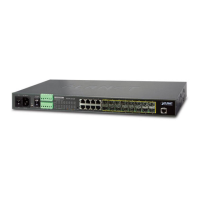
